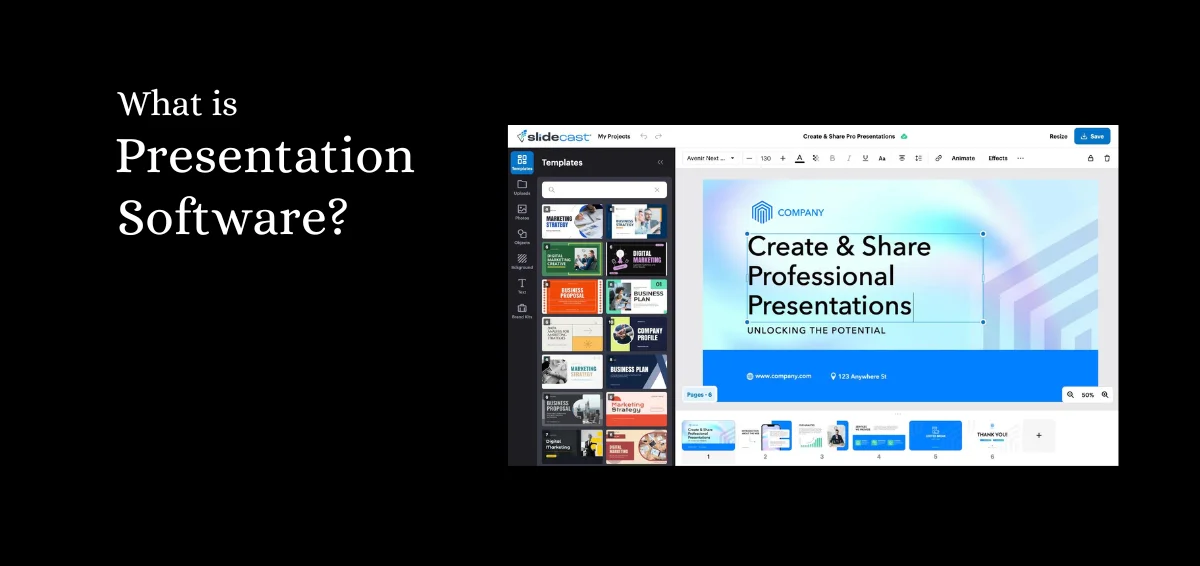3384 Insights
Your go-to source for trending news and information.
Death by PowerPoint: How to Avoid Slaughtering Your Audience
Discover killer tips to rescue your presentations and keep your audience engaged. Avoid Death by PowerPoint and captivate your crowd today!
10 Tips to Transform Your PowerPoint Presentations from Dull to Dynamic
Creating a captivating PowerPoint presentation is essential to keeping your audience engaged. Here are 10 tips to transform your PowerPoint presentations from dull to dynamic:
- Start with a Strong Opening: Grab your audience's attention right away with a striking image or thought-provoking quote.
- Use Visuals Strategically: Incorporate images, charts, and videos to supplement your message. Visual content can reinforce ideas and make your presentation more memorable.
- Limit Text: Avoid overwhelming slides with too much text. Use bullet points and concise statements to convey your message effectively.
- Incorporate Animation: Thoughtful use of animations can make your presentation more engaging, helping to emphasize key points.
- Be Consistent: Stick to a cohesive color scheme and font style throughout your slides for a professional look.
Moreover, it's important to consider your delivery alongside these design tips.
- Rehearse Your Presentation: Familiarize yourself with your slides to ensure a smooth delivery.
- Engage with Your Audience: Ask questions or encourage participation to create a two-way interaction.
- Utilize Storytelling: Weave stories into your presentation to make it relatable and memorable. Human connections are vital in effective communication.
- Emphasize Key Messages: Use highlighting and contrasting colors to make critical information stand out.
- End with Impact: Conclude with a powerful statement or call to action that leaves a lasting impression.

The Psychological Impact of Poor Presentations: Why Engagement Matters
The psychological impact of poor presentations can be significant, affecting not only the perception of the presenter but also the overall engagement of the audience. When presentations lack clarity or coherence, it can lead to confusion and frustration among viewers. This disengagement can create a negative feedback loop where the audience’s disinterest further diminishes the speaker's confidence, resulting in an even less effective presentation. Consequently, attendees may leave feeling unsatisfied and unmotivated, which can influence their perception of the topic being discussed and the credibility of the presenter.
On the other hand, engaging presentations foster a positive psychological response. They can spark interest, curiosity, and a sense of involvement among the audience. When information is presented in a compelling way, it enhances retention and encourages active participation. Engagement matters because it not only improves understanding and retention but also builds a connection between the presenter and the audience. Effective presentations can lead to meaningful discussions, stimulate critical thinking, and promote a collaborative environment that benefits both the speaker and the audience.
How to Structure Your PowerPoint for Maximum Audience Retention
When creating a PowerPoint presentation, proper structure is key to ensuring maximum audience retention. Start by outlining the main key points you want to convey. This could be achieved through a simple three-part structure: Introduction, Body, and Conclusion. In the Introduction, briefly state your topic and objectives; in the Body, delve into the details with supporting data, anecdotes, or examples; and finally, in the Conclusion, summarize your main points and drive home your message. Utilizing visual aids like charts and images can enhance understanding and keep the audience engaged.
Another effective technique is to incorporate storytelling into your presentation structure. People are naturally drawn to stories, making them a powerful tool for enhancing audiovisual retention. Begin by introducing a relatable issue or challenge in the Introduction, then share your journey or solution throughout the Body, concluding with a resolution in the Conclusion. To further reinforce key takeaways, consider using bullet points or numbered lists to break down complex information, ensuring it remains digestible. Lastly, end with a strong call to action, encouraging your audience to apply what they have learned.